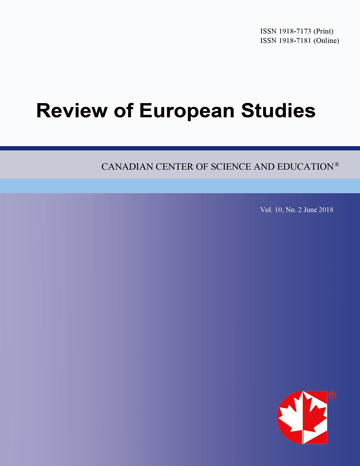An Artificial Intelligence Approach towards Investigating Corporate Bankruptcy
- Stefan Cristian Gherghina
Abstract
Corporate bankruptcy analysis is very important for investors, creditors, borrowing companies, as well as governments. The assessment of business failure provides tremendous information for governments, investors, shareholders, and the management based on which financial decisions are taken towards preventing potential losses. Likewise, by researching corporate downfall there could be gathered an early warning signal, together revealing the fields encountering problems. Moreover, nowadays the corporations are facing the senior staff retirement, thus being confronted by the loss of knowledge. Artificial intelligence (AI) seeks the promotion of systems related with human intelligence, comprising reasoning, learning, and problem solving. The most powerful applied field of AI is the area of expert systems (ES). However, the ES are applications that could reproduce the knowledge and experience of a human expert. This paper aims at designing and implementing an ES prototype towards corporate bankruptcy analysis. Therefore, we have considered a couple of production rules based on indebtedness ratios (e.g. General Indebtedness Ratio, Global Financial Autonomy Ratio, Financial Leverage Ratio), as well as solvency ratios (e.g. General Solvency Ratio, Patrimonial Solvency Ratio). For this purpose, Exsys Corvid® was used since it transforms expert knowledge into a structure that enables rendering of guidance and prescription to refine performance, capability, and efficiency, alongside lowering training and costly errors.
- Full Text:
 PDF
PDF
- DOI:10.5539/res.v7n7p5
Index
- ACNP
- CNKI Scholar
- DTU Library
- Elektronische Zeitschriftenbibliothek (EZB)
- EuroPub Database
- Excellence in Research for Australia (ERA)
- Genamics JournalSeek
- Google Scholar
- Harvard Library
- HeinOnline
- Infotrieve
- JournalTOCs
- Mir@bel
- Open policy finder
- RePEc
- ResearchGate
- ROAD
- Scilit
- Technische Informationsbibliothek (TIB)
- The Keepers Registry
- Universe Digital Library
- WorldCat
Contact
- Paige DouEditorial Assistant
- res@ccsenet.org
